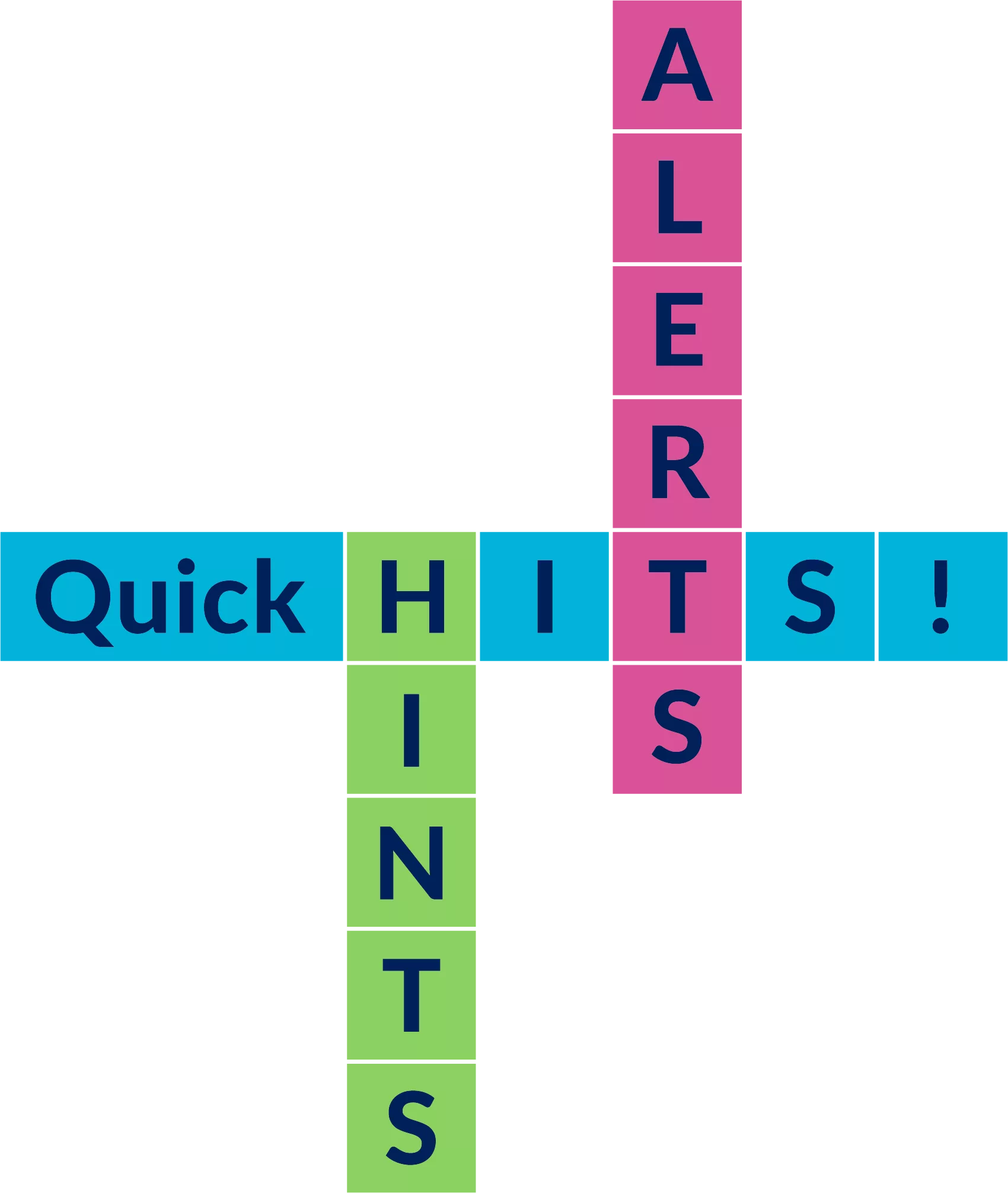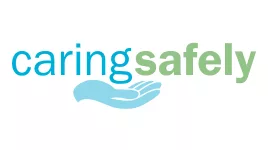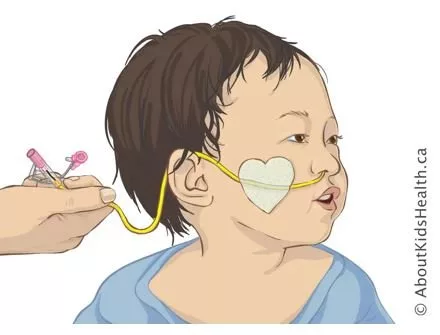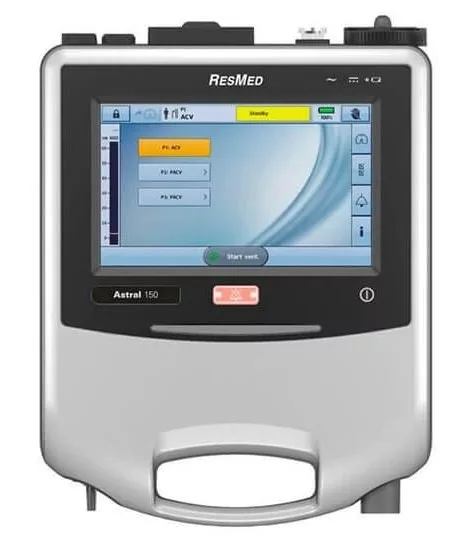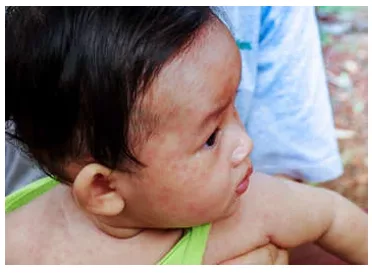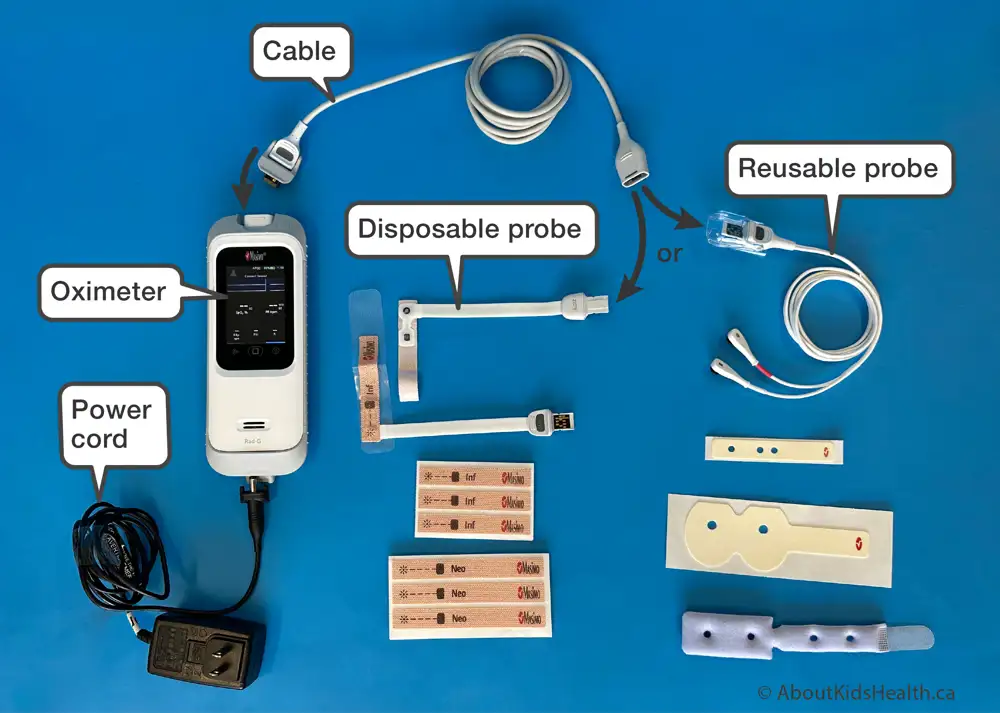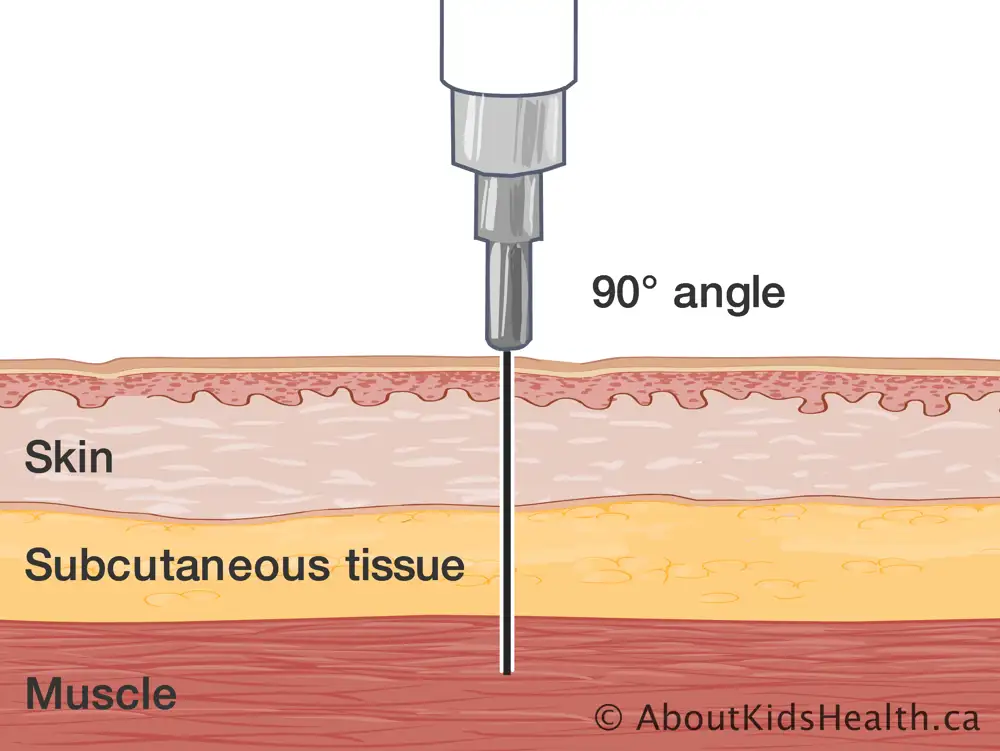SITUATION:
This QuickHit was informed by a Connected Care Live consult from a community/home care provider that asked about a change in an infant’s neurological status.

BACKGROUND:
When caring for infants and children, situations may arise that prompt a community/home care provider to perform a thorough neurological assessment. Understanding the components of a neurological assessment, as well as principles unique to the paediatric population promote safety for children with medical complexity.
ASSESSMENT:
For some children with medical complexity neurological assessments may be a part of their routine physical assessment (e.g. when titrating anti-epileptics). Conducting a neurological assessment for a child is also indicated in all of the following:
- history of a neurological condition (e.g. ventriculo-peritoneal (VP) shunt, hydrocephalus, brain tumours, seizures, etc.)
- acute head trauma (e.g. fall)
- any change in behaviour or level of consciousness
RECOMMENDATION:
The components of a paediatric neurological exam depends on the child’s developmental age, stage and ability to follow commands or verbalize. Know the child’s baseline neurological status prior to your assessment.
In this consultation Connected Care recommended the community/home care provider carry out the following components of a paediatric neurological assessment in partnership with the family caregiver.
Pupillary Response
Assess for:
- size (Assess in ambient light prior to assessing reaction)
- equality (Not every person has equal pupil size. It is important to know the child’s baseline)
- reaction (Use a concentrated light source such as a penlight or flashlight in a dimly lit room)
Limb Movement and Strength
Assess for:
- spontaneous and symmetrical movement in all limbs
- ability to move limbs against gravity and resistance if able to obey commands (e.g. grip, plantar flexion, etc.)
Behaviour
Assess for:
- irritability
- lethargy, drowsiness, sleeping more or less than usual, difficult to wake from sleep
- confusion/memory loss
Physical Symptoms
Assess for:
- nausea or vomiting
- seizures
- headaches
- vision changes
- loss of balance or coordination
Level of Consciousness
Connected Care recommends using the Glasgow Coma Scale (GCS) adapted for children to assess level of consciousness (see table). Assess the individual based on age and determine a score for each category:
- Eye Opening
- Motor Response
- Verbal Response
Add the three values together for a total score, which will provide a range from 3-15. Compare this total to their baseline to assess for any decrease in score. The higher the score, the higher the level of consciousness.
Modified Paediatric Glasgow Coma Scale
| Eye Opening | Best Motor Response | Best Verbal Response | |||||
|---|---|---|---|---|---|---|---|
| >1 year | <1 year | >1 year | <1 year | >5 years | 2-5 years | 0-23 months | |
| 6 | — | — | Obeys | Displays spontaneous response | — | — | — |
| 5 | — | — | Localizes to pain | Localizes to pain | Oriented and converses | Appropriate words/phrases | Smiles / coos / cries appropriately |
| 4 | Spontaneously | Spontaneously | Flexion-Withdrawal | Flexion-Withdrawal | Disoriented and converses | Inappropriate words | Cries |
| 3 | To verbal command | To shout | Flexion-Abnormal (decorticate rigidity) | Flexion-Abnormal (decorticate rigidity) | Inappropriate words | Cries and or screams | Inappropriate crying and/or screaming |
| 2 | To pain | To pain | Extension (decerebrate rigidity) | Extension (decerebrate rigidity) | Incomprehensible words | Grunts | Grunts |
| 1 | No response | No response | No response | No response | No response | No response | No response |
Table from “Guidelines for Basic Paediatric Neurological Observation” by Neurosurgery Education and Outreach Network (NEON)
In the event of any decline from baseline neurological status including a decrease in Glasgow Coma Scale (GCS) score, partner with the child’s caregiver to escalate care immediately. Take the child to the nearest emergency department or call 911 if needed.
